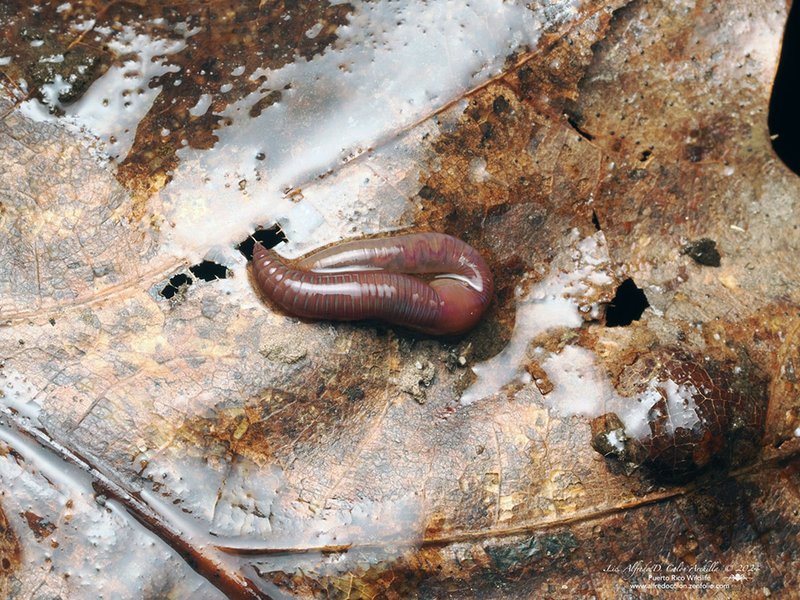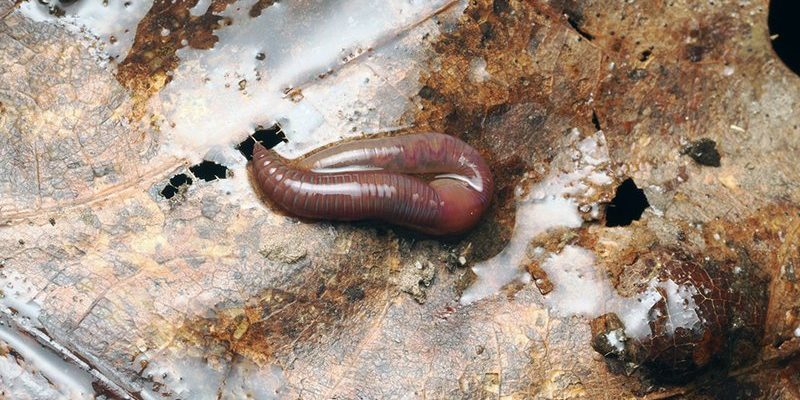
As the temperatures shift and daylight changes, the behavior of earthworms evolves too. Understanding this activity can enrich your gardening practices or simply spark your curiosity about the natural world. Let me explain how these marvelous creatures navigate their lives throughout the year, providing insights for all nature lovers and curious minds alike.
Spring Awakening: Earthworms Come Alive
As winter melts away and the first signs of spring appear, earthworms start to stir. The soil warms up, and these little guys begin to migrate closer to the surface. You might even spot them popping out after a good rain—their way of enjoying the moist, nutrient-rich earth. The term “surface casting” refers to the little mounds of soil they leave behind as they make their ascent. These casts are beneficial, enriching the soil with nutrients that plants crave.
During spring, earthworms play an essential role in soil aeration. As they burrow, they create channels that help water and air reach plant roots. You might be wondering, “How does this affect my garden?” Well, having a robust population of earthworms can mean healthier plants that yield better crops. Earthworm activity in spring sets the stage for the growth season—it’s like nature’s way of prepping the soil.
In addition to aeration, earthworms contribute to nutrient cycling. They consume organic matter—like fallen leaves or dead plants—and break it down into a form that plants can absorb. This is a fascinating process that turns waste into fertile soil, showcasing the beauty of nature’s recycling system. So, each time you see an earthworm, think of it as a tiny gardener working hard to improve the soil quality for all the greenery around it.
Summer: The Heat of Activity
When summer rolls around, you might think that earthworms take it easy. But here’s the thing: they actually step up their game. The warmer weather creates an ideal environment for these creatures to thrive, and their activity tends to increase. They continue to break down organic matter, contributing to the rich soil you see in thriving gardens.
But with summer heat comes a challenge. As soil moisture decreases, earthworms must adapt. You might find them burrowing deeper to escape the heat and dryness. They’re like little underground strategists, moving to where the moisture is still available. In your garden, this is where observing earthworm behavior can guide you; keeping the soil moist and well-aerated will attract these helpful critters.
Another interesting aspect of summer activity is reproduction. Earthworms are hermaphroditic, meaning each worm has both male and female reproductive organs. During warmer months, you can spot them mating, resulting in the production of cocoons. Each cocoon can hold several baby worms, ensuring the continuation of their populations. This means that as you enjoy your summer garden, these bustling worms are hard at work beneath the surface, creating the next generation of soil helpers.
Fall: Preparing for Winter
As the days shorten and temperatures drop in fall, earthworms begin to prepare for winter. Their activity starts to slow down, but they’re not completely idle. They know that winter is coming, and it’s time to dig deeper into the soil. By burrowing further down, they find refuge from frost, securing themselves in a cozy, warmer environment.
What’s fascinating is how they continue to process organic matter as they dig deeper. They’re like nature’s composters, tirelessly breaking down leaves and other debris that fall to the ground. This process not only helps the earth but also provides rich food for new plants come spring.
You might wonder about the significance of this underground movement. It’s vital for maintaining soil structure and fertility. The organic matter they consume and break down becomes part of the soil, enriching it for future vegetation. So, if you’re raking leaves this fall, consider setting them aside for a compost pile—the worms will thank you!
Winter: A Time of Rest
When winter sets in, the activity of earthworms drastically decreases, but they don’t disappear entirely. Instead, they enter a state called quiescence—a pause, if you will. With the upper layers of soil freezing, they retreat deeper where the temperature remains more stable. It’s a little like hibernation, allowing them to survive the harsh conditions above.
Though they’re less active during this time, earthworms still play a crucial role in winter ecosystems. While the ground is frozen, they remain below, slowly digesting organic material and contributing to soil health. Here’s a fun analogy: think of them as the tiny custodians of the Earth, quietly cleaning up and preparing for the big reveal when spring returns.
Interestingly, earthworms can also sense temperature changes. During those warmer winter days, you might find them surfacing briefly. This behavior is essential for their survival, allowing them to take advantage of any available food sources. It’s nature’s way of ensuring that they’re ready to spring back into action when the soil warms up again.
How Earthworms Benefit Your Garden Year-Round
Understanding earthworm activity throughout the seasons highlights their invaluable contributions to gardening and soil health. These creatures are like silent partners in our gardens, tirelessly working beneath the surface all year long. By fostering an environment that attracts earthworms, you can reap the benefits of improved soil structure and fertility.
Here are a few simple ways to encourage earthworm activity in your garden:
- Add Organic Matter: Compost, leaf litter, or aged manure enrich the soil and provide food for earthworms.
- Keep Soil Moist: Regular watering helps maintain soil moisture, creating a hospitable environment for earthworms.
- Reduce Tillage: The less you disturb the soil, the happier your earthworms will be. They thrive in stable, undisturbed environments.
- Plant Cover Crops: These help prevent soil erosion and provide food for worms, promoting biodiversity in your garden.
When you do these simple things, you’re not just improving your garden; you’re also inviting these wonderful, wriggly creatures into your world, ensuring a thriving ecosystem.
Earthworms might be small, but their impact on our environment is enormous. By observing their activity across the seasons, we gain a deeper appreciation for these hidden heroes of soil health. From their springtime awakenings to their winter rest, they exemplify nature’s intricate balance.
So next time you see an earthworm, take a moment to recognize their important role. Whether you’re gardening, hiking, or just enjoying the outdoors, remember that beneath your feet, a tiny world of earthworm activity is happening all year long. By understanding and supporting them, you’re helping to create a healthier planet for future generations.

